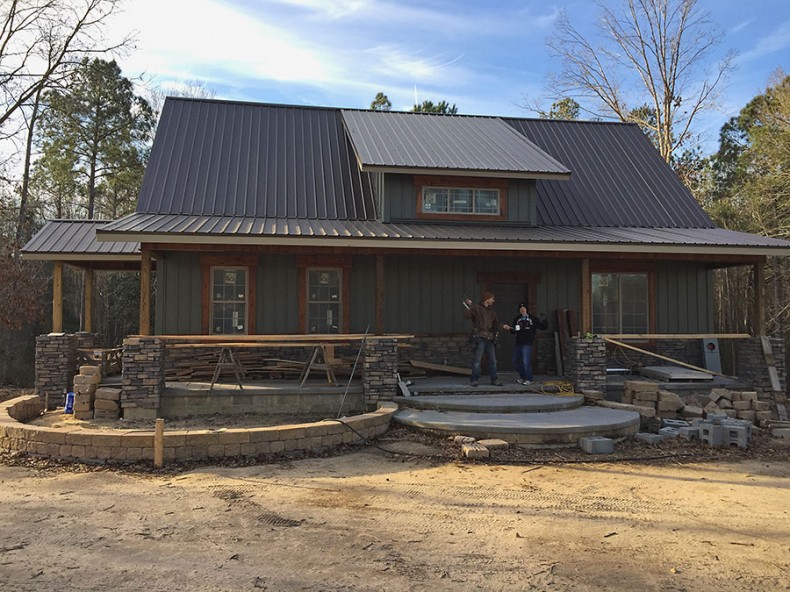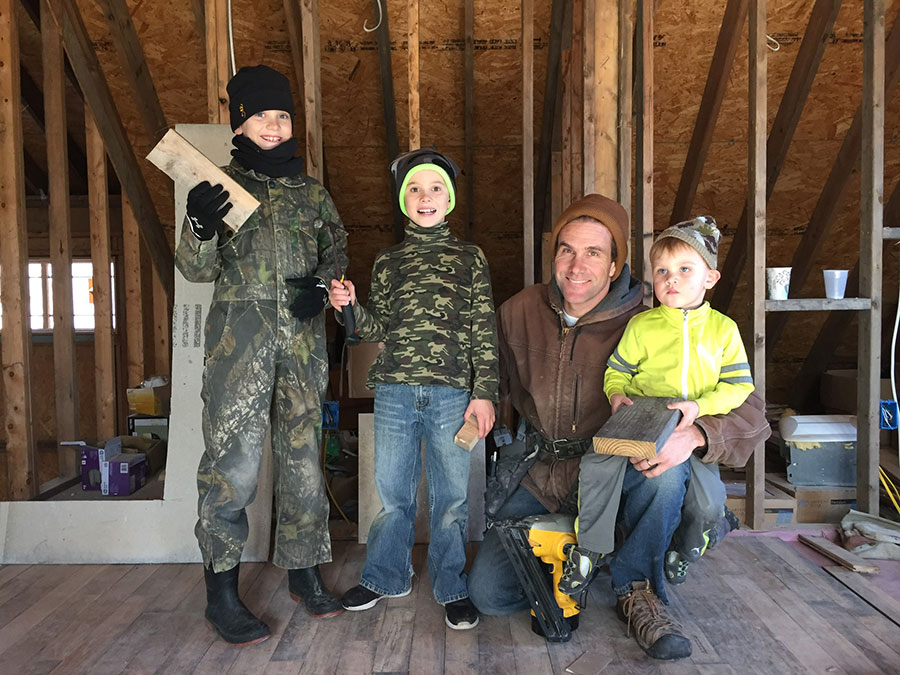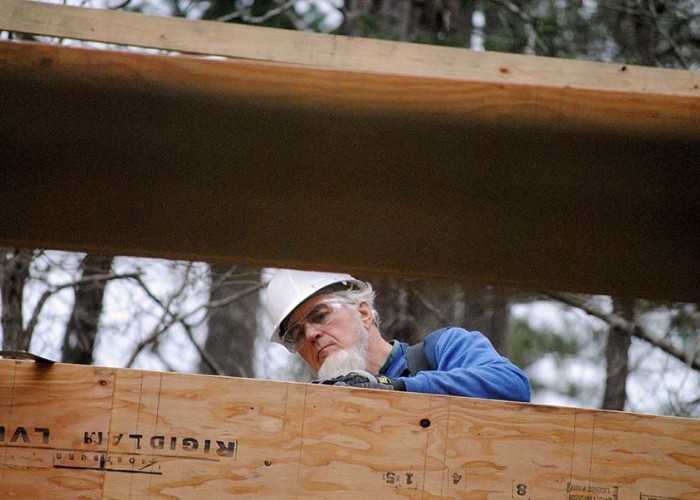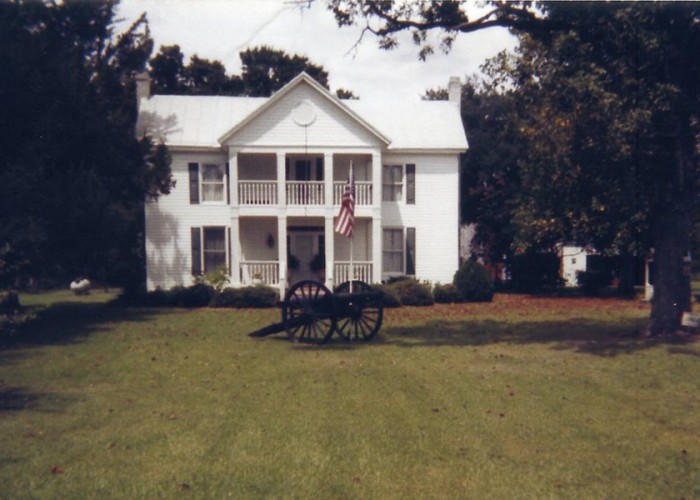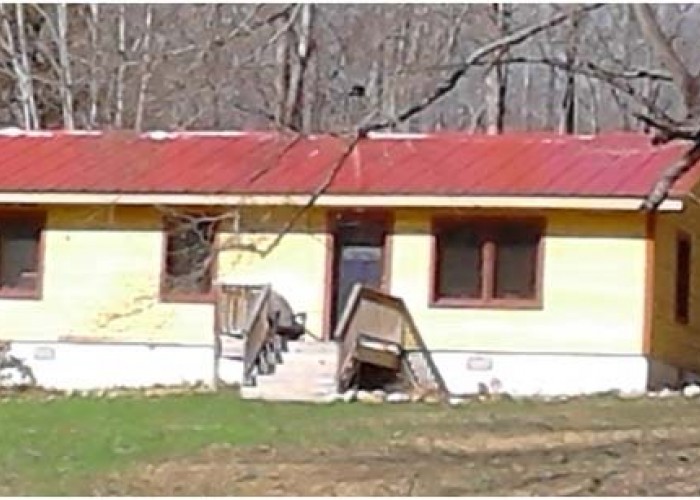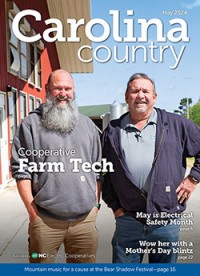Building Outside-the-Box
By Gordon Byrd
A house is being built in Robeson County that epitomizes the Carolina spirit of hard-work, innovation, frugality and family.
David and Michelle McCallum, members of Lumbee River EMC, are building a home to accommodate their growing family, his mother, and the privilege to practice greater hospitality. They were given the opportunity to build in close proximity to his church and in-laws. Although they knew nothing about building a house, David and Michelle were able to design their plans with the help of family and church members who are experienced builders.
Their first effort to save money was to design their main floor around a secondhand kitchen they bought before breaking ground. The next step was to optimize the use of the house design’s footprint with a basement.
“Robeson County is known for its high water table,” David explains. “But where I come from, everyone has a basement. We thought, since we are building on a slope, a walk-out basement just might work.”
Excavation began in April of 2013. An expected completion date is sometime in fall 2017.
“It seems like just yesterday we had our groundbreaking celebration. Looking back at the photos, our kids seemed so young,” David says.
Work was undertaken on Saturdays with a crew of volunteers. Inexpensive supplies were found on Craigslist.org or by word-of-mouth. Cement blocks were purchased at a bargain price from a former supply yard, and lumber from overestimated DIY projects was bought at terrific rates. David looked for every way to avoid debt, and doors were opened for provisions in ways he could not have asked or imagined.
Most of the tools — and all of the help — came from his church family. Fellowship and food abound on the jobsite, and no one who wants to serve is turned away.
Before the insulation and drywall could be put up, Hurricane Matthew came. Tradesmen were swamped with too much work and too little time for David’s small project. That’s when David, his friends and children noticed an interesting phenomenon that piqued their interest: The temperature differences from one floor to the next was inconspicuous in the morning, when work began, but as the day wore on, the third floor heated quickly and the basement stayed about the same.
Before his insulation could go in, David and company conducted a research project to aid in the concentration and impact of insulation on the house. They decided to take temperature readings in four locations. They placed thermometers on each floor. Then, they placed a thermometer outside in a shady spot of the house to compare the temperature outside with the temperature inside.
David’s two oldest children, with some help from their cousins, checked the thermometers three times daily: At sunrise, noontime and sunset. This would give them a picture of the change in temperature throughout the day.
The results of the study showed David he could save money by using a smaller HVAC tonnage in his basement due to the insulating effect of the buried walls.
David and Michelle homeschool their children, so this science project was not only research for the homebuilder, but also for his children’s education.
“We are excited that building this house teaches our children,” David says. “Not only about science, but also about faith, community, hard work and much, much more.”
About the Author
Gordon Byrd is a veteran who works for UNC Pembroke. He tries to keep things interesting with a little home-building, some writing, triathlons and a lot of time with his family and church.-
More Carolina homes with heart
-
Share this story:

